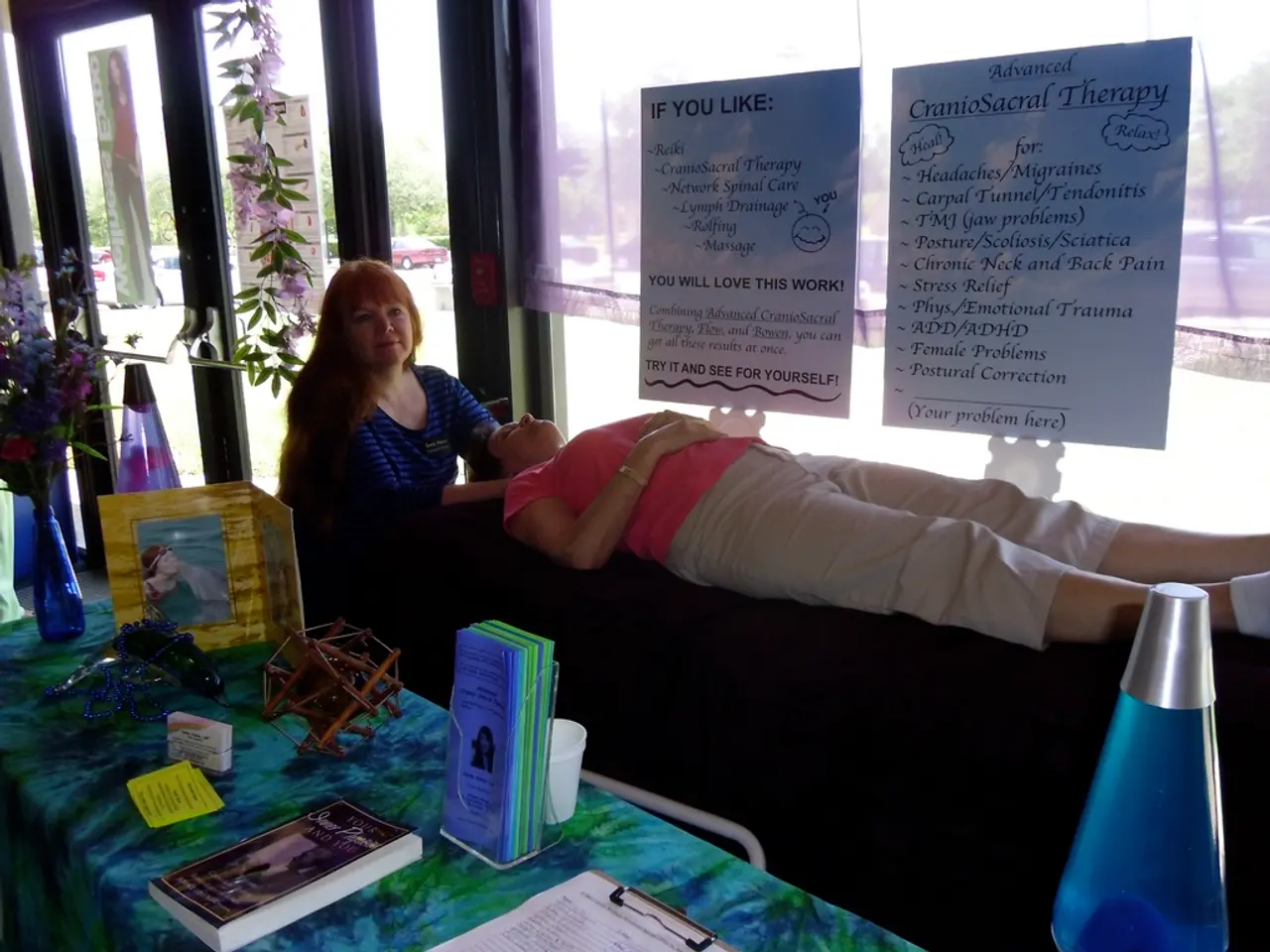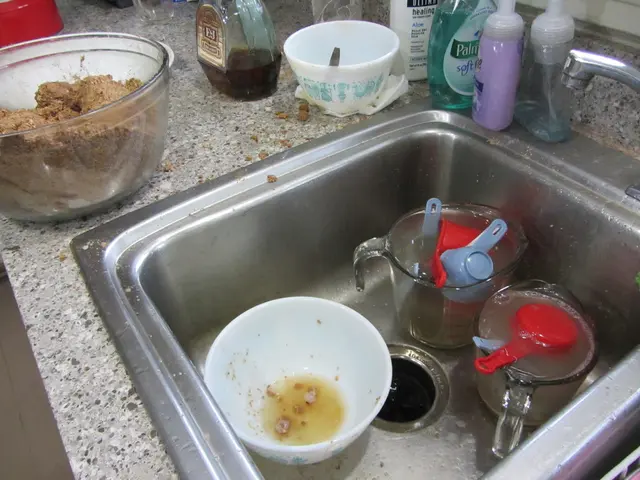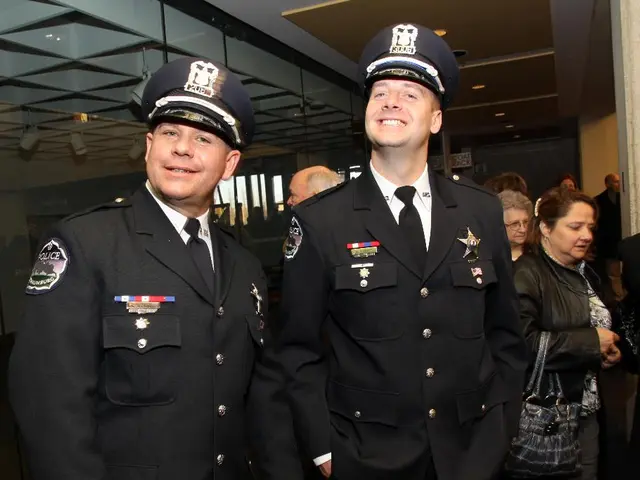Body and voice function in unison according to Tomsk's specialist
In a world where non-verbal communication accounts for a significant majority of information exchange, the ability to express oneself verbally can be crucial. For those who struggle with anxiety, physical blocks, or a lack of confidence in their voice, body-oriented psychotherapy (BOP) and dance-movement therapy (DMT) offer promising solutions to liberate speech.
Somatic-oriented psychotherapy and dance-movement therapy can help remove physical blocks and internal limitations that hinder free speech and self-expression. These therapeutic approaches recognise the unity of personality, voice, facial expressions, and gestures in creating an overall impression, and aim to address any hindrances that may exist within this realm.
One such hindrance can be the avoidance of situations where talking is necessary, a symptom often stemming from anxiety. Self-regulation and relaxation techniques can help reduce anxiety and alleviate physical reactions when discussing certain topics or in specific situations.
The voice, as a reflection of a person's inner world, emotionality, and relationship with themselves and the world, can be a powerful tool for communication. However, physical blocks in the body can restrict free speech and self-expression. To address this, examples of exercises in BOP and DMT have been developed to help liberate speech.
Self-soothing breath tools, exploring language through movement and play, building turn-taking, sequencing, and narrative skills, and somatic release exercises addressing emotions such as anger or frustration are just a few examples of these exercises. These practices aim to reconnect physical and emotional states with verbal expression, fostering a felt sense of safety in the body, allowing speech to emerge more freely.
Selective or elective mutism, an inability to speak in certain situations, can be linked to high social anxiety, fear of judgment, and evaluation. Traumatic situations can also lead to a client's prohibition against speaking, accompanied by vivid physical reactions. Dance-Movement Therapy (DMT) uses movement and dance as the primary tool for improving mental health, resolving inner conflicts, and self-discovery, while Body-Oriented Psychotherapy (BOP) works with psychological problems through contact with the body.
It is important to note that aligning verbal and non-verbal signals is essential to ensure others understand your message correctly. The body has three somatic levels that help the voice resonate: lower (abdomen, pelvis, legs), middle (diaphragm, chest, throat), and upper (soft palate). By addressing these levels, these therapeutic practices aim to empower individuals to express themselves more freely and confidently.
The "Speech" festival offers workshops on overcoming stage fright, releasing physical and vocal blocks, and expanding the vocal range, providing a platform for individuals to explore these therapeutic approaches and begin their journey towards speech liberation.
Science plays a significant role in the development of therapeuties and treatments for mental health concerns, such as body-oriented psychotherapy (BOP) and dance-movement therapy (DMT), which aim to address physical blocks that restrict free speech and self-expression. Health-and-wellness initiatives often incorporate these therapies as part of holistic approaches to improve mental health and communication skills. Fitness-and-exercise routines can also benefit mental health, as physical activities and self-regulation techniques (like breathing exercises) help reduce anxiety and improve overall well-being, contributing to better verbal expression.





